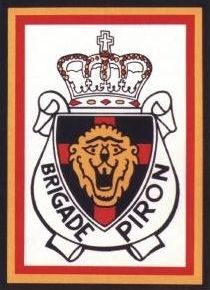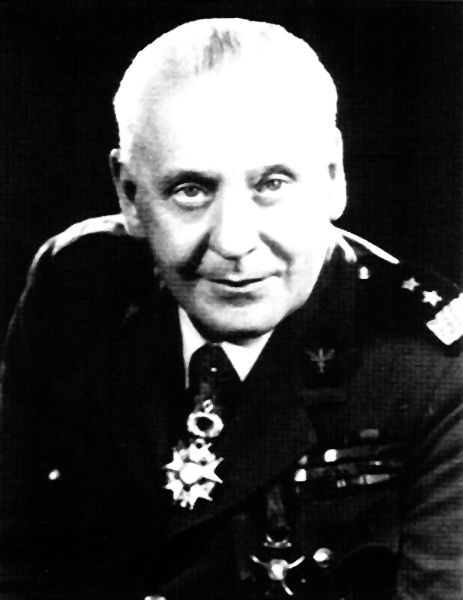Liberation & Resistance Monument Oude Pekela
The liberation monument is a brick column on which a metal platform is mounted. A bronze relief has been placed on the plateau that depicts the advance of the liberators in a bird's-eye view. A text is cut out of the metal on the edge of the plateau.
On the monument is the following text:
APRIL 13 AND 14, 1945
LIBERATION OF THE PEKELAS
The Liberation Monument in Oude Pekela commemorates the liberation of the Pekela's on 13 and 14 April 1945 by General Stanisław Maczek's First Polish Armored Division and Major Edouard Blondeel's Belgian SAS Regiment.
On Friday, April 13, 1945, Boven Pekela was liberated from Stadskanaal by Polish troops and Nieuwe Pekela from Alteveer. The resistance in Nieuwe Pekela had made an agreement with the local NSB members to take over power as soon as the Germans were gone until the liberators arrived.
In the afternoon of April 13, 1945, Belgian scouts went from Blijham over the Turfweg to the lower end of Oude Pekela and occupied the cardboard factories Free and the Union there. From there, the German defenses at the water tower and timber trade Koerts began to be fired upon. In the evening, the population of Oude Pekela was eagerly waiting outside for the liberators and the Dutch flag hung almost from house to house.
On Saturday, April 14, Polish troops entered Oude Pekela from Nieuwe Pekela with tanks and jeeps. The Poles drove on to the water tower where the Germans were chased away with fire from all weapons, who fled towards the German defenses at the Gockinga's Wijk aan het Winschoter Zuiderveen.
On Sunday, April 15, the Poles left the Pekelas in a long column to liberate Winschoten in the north.
A plaque commemorates the 16 Resistance fighters from Oude Pekela who died during the Second World War.
Do you have more information about this location? Inform us!
Source
- Text: Bert Deelman
- Photos: Bert Deelman
- Nationaal Comité 4 en 5 mei
Nearby
Museum
Point of interest
- Polish Memorial General Cemetery Winschoten - Winschoten
- Memorial Plate Batallion Hunters Podhaleplein Winschoten - Winschoten
Monument
- War Memorial Old Pekela - Oude Pekela
- Jewish Monument Old Pekela - Oude Pekela
- Memorial Complex Winschoten - Winschoten
Cemetery
- Dutch War Graves Wedderweg - Oude Pekela
- Dutch War Grave R.C. Cemetery Oude Pekela - Oude Pekela
- Dutch War Graves Lutheran Cemetery - Nieuwe Pekela






